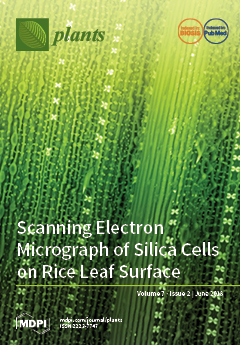Phytopharmaceuticals play an essential role in medicine, since the need to investigate highly effective and safe drugs for the treatment of diabetes mellitus disease remains a significant challenge for modern medicine.
Arbutus unedo L. root has various therapeutic properties, and has been used
[...] Read more.
Phytopharmaceuticals play an essential role in medicine, since the need to investigate highly effective and safe drugs for the treatment of diabetes mellitus disease remains a significant challenge for modern medicine.
Arbutus unedo L. root has various therapeutic properties, and has been used widely in the traditional medicine as an antidiabetic agent. The current study aimed to isolate the pharmacologically active compound from
A. unedo roots using accelerated solvent extraction technology, to determine its chemical structure using different instrumental analytical methods, and also to evaluate the α-glucosidase inhibitory activity. The roots of
A. unedo were exhaustively extracted by high-pressure static extraction using the Zippertex
® technology (Dionex-ASE, Paris, France), and the extract was mixed with XAD-16 resin to reach quantifiable amounts of active compounds which were identified by high-pressure liquid chromatography (HPLC),
1H NMR (300 MHz), and
13C NMR. The antidiabetic activity of the isolated compound was evaluated using the α-glucosidase inhibitory assay. The active compound was isolated, and its structure was identified as catechin using instrumental analysis.The results revealed that the isolated compound has potential α-glucosidase inhibitory activity with an IC
50 value of 87.55 ± 2.23 μg/mL greater than acarbose. This was used as a positive control, which has an IC
50 value of 199.53 ± 1.12 μg/mL. According to the results achieved, the roots of
A. unedo were considered the best source of catechin and the Zippertex
® technology method of extraction is the best method for isolation of this therapeutic active compound. In addition, the α-glucosidase inhibitory activity results confirmed the traditional use of
A. unedo roots as an antidiabetic agent. Future clinical trials and investigations of antidiabetic and other pharmacological effects such as anticancer are required.
Full article






